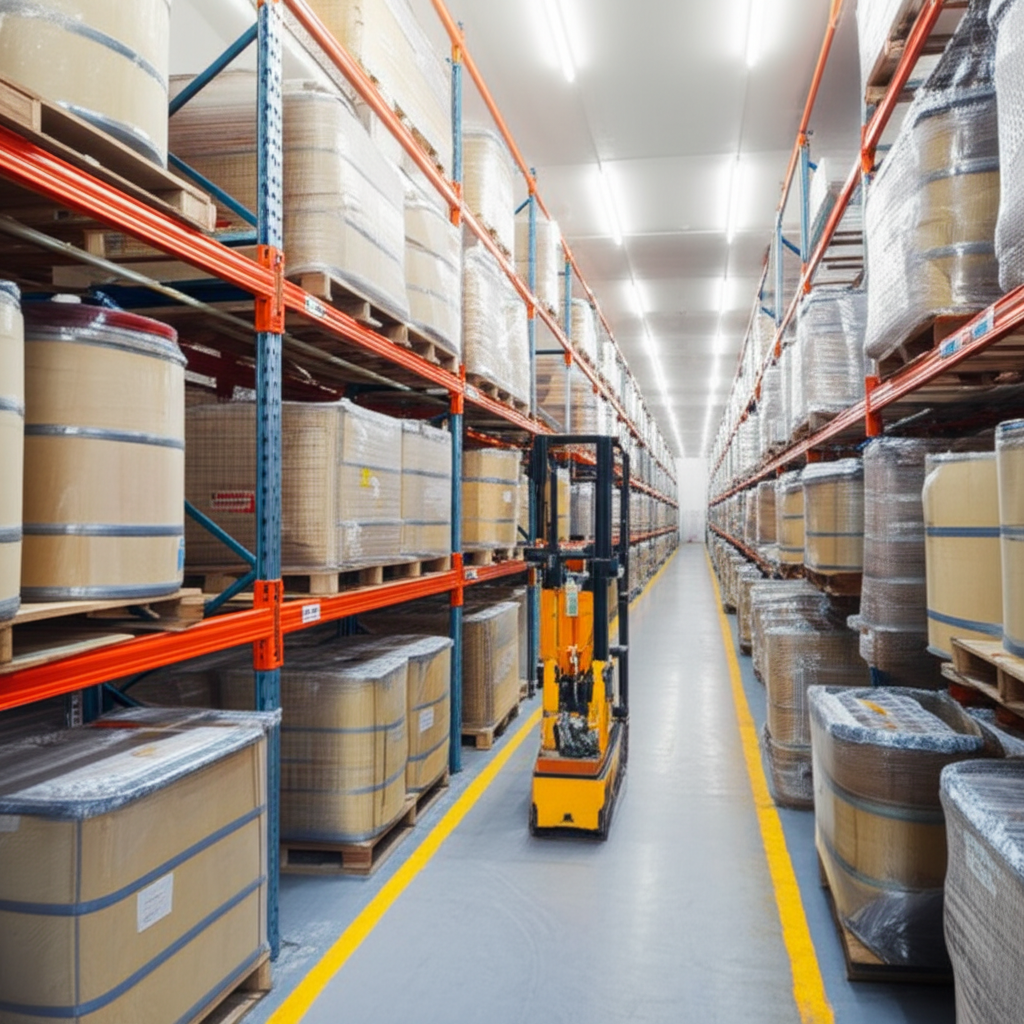Epilepsy is a debilitating chronic neurological disorder affecting millions worldwide, characterized by recurrent seizures that impair quality of life. Effective management relies heavily on medications like Levetiracetam, an advanced anti-epileptic drug known for its broad-spectrum efficacy, minimal side effects, and excellent tolerance. However, traditional synthesis routes have long been plagued by environmental hazards, safety risks, and suboptimal product quality, prompting a pressing need for innovative, sustainable alternatives in pharmaceutical manufacturing.
Historically, Levetiracetam synthesis involved complex and hazardous methods. Early approaches, such as those commercialized by leading firms, required toxic solvents like benzene, which violates modern ICH Q3 regulatory guidelines due to its carcinogenic properties. Subsequent patented methods further introduced highly corrosive reagents like oxalyl chloride and sulfonyl chlorides, generating significant acidic waste and demanding specialized equipment to handle safety threats. These processes not only increased environmental pollution but also resulted in inconsistent optical purity, with elevated levels of unwanted isomers impairing drug efficacy and regulatory compliance.
In a transformative advance, a new synthesis pathway has been developed to overcome these limitations. This innovative approach omits toxic chemicals entirely, avoids energy-intensive resolution steps, and operates under mild conditions, making it both operator-friendly and environmentally sound. The core of the method lies in a streamlined, two-step process that significantly enhances yield and optical purity while adhering to green chemistry standards, thereby ensuring safer, cost-effective production for global health needs.
Step one focuses on synthesizing a key intermediate, (S)-2-(4-chlorobutanamido)butanamide. In a controlled reaction, solvents such as acetonitrile or similar safe alternatives are employed. (S)-2-(4-chlorobutanamido)butanoic acid is dissolved, followed by addition of di-tert-butyl dicarbonate and pyridine at temperatures between 20-30°C. Ammonium salts—like non-toxic carbonates or acetates—are then introduced, facilitating carboxy activation without hazardous acylating agents. After thorough stirring and purification steps, including crystallization, the intermediate is obtained with high purity (over 98%) and minimal waste. Crucially, this step replaces traditional toxic activators with benign alternatives, eliminating risks associated with chlorinated reagents and reducing environmental footprint.
In step two, the intermediate undergoes a ring-closure reaction to form Levetiracetam. A solvent such as tetrahydrofuran is used, with the mixture cooled to near-freezing temperatures. A base like potassium tert-butoxide is carefully added, driving the cyclization under highly controlled conditions. Post-reaction, the product is neutralized and purified through extraction and recrystallization with eco-friendly solvents. This phase consistently delivers Levetiracetam with exceptional optical purity exceeding 99.9%, alongside yields above 70%, far surpassing older methods in both efficiency and reliability.
The advantages of this novel synthesis are manifold. It eliminates all Class 1 solvents, addressing ICH Q3 compliance directly and slashing acid waste generation. By avoiding dangerous compounds like chlorinating reagents and metal-based catalysts, it enhances operator safety and minimizes plant investment, reducing overall production costs. Further, the mild reaction temperatures simplify scale-up for industrial applications, while the avoidance of resolution steps ensures high enantioselectivity. Validated tests have shown it achieves >99% purity and good scalability, positioning it as a viable solution for mass-producing this essential medication without compromising quality.
This breakthrough represents a pivotal shift in anti-epileptic drug manufacturing, emphasizing sustainability and patient-centric innovation. Pharmaceutical industries could leverage this technology to accelerate access to affordable, high-purity Levetiracetam, potentially transforming care for epilepsy patients globally while supporting broader goals of chemical safety and carbon neutrality.
Overall, the synthesis marks a significant leap forward, exemplifying how green chemistry principles can drive next-generation pharmaceuticals. Continuous optimization and adoption could inspire wider applications in synthesizing complex chiral drugs, underscoring its potential to redefine industry standards.

Manufacturing Facilities






Professional Export Experience
to Global Customers

1. 20 years of R&D, manufacturing and sales experience, serving customers in 60 countries and regions around the world;
2. Own R&D laboratory, pilot platform and large-scale production workshop, which can meet the audit requirements of global customers;
3. We can satisfy customers' perfect transition from small scale lab requirements (gram level) to commercialization requirements (hundred tons level).
A: We don't have Minimum Order Quantity, exact quantity should be provided before quotation for us to calculate the exact cost.
A: We don't provide free samples due to lots of request and expensive international courier's cost, we can deduct the sample charge after commercial order placed.
A: Our payment terms: Small or sample order: T/T IN ADVANCE. Commercial order: First order should be by T/T IN ADVANCE or L/C at sight, and following orders T/T 30~90days is acceptable subject to approval of credit application.